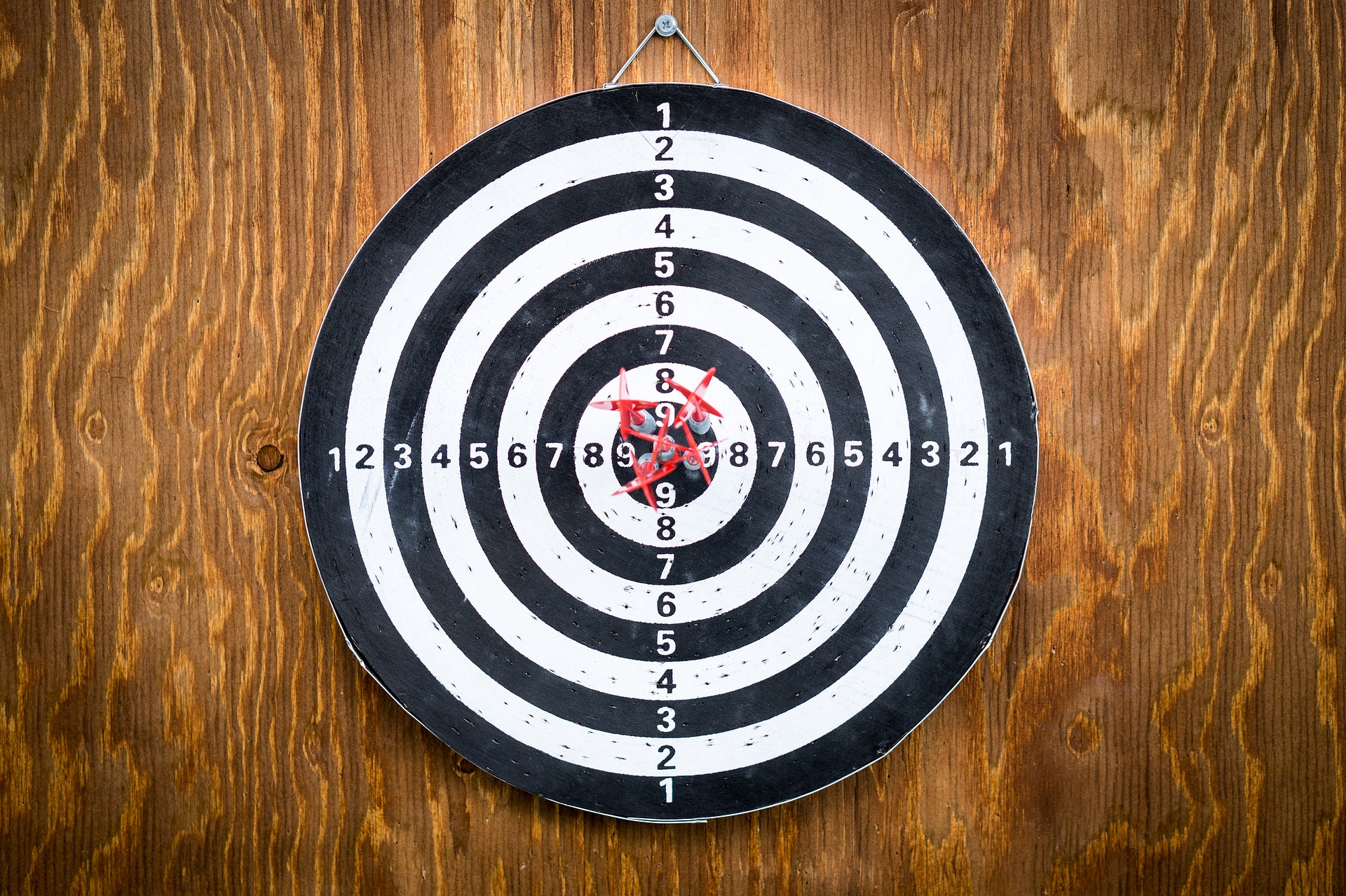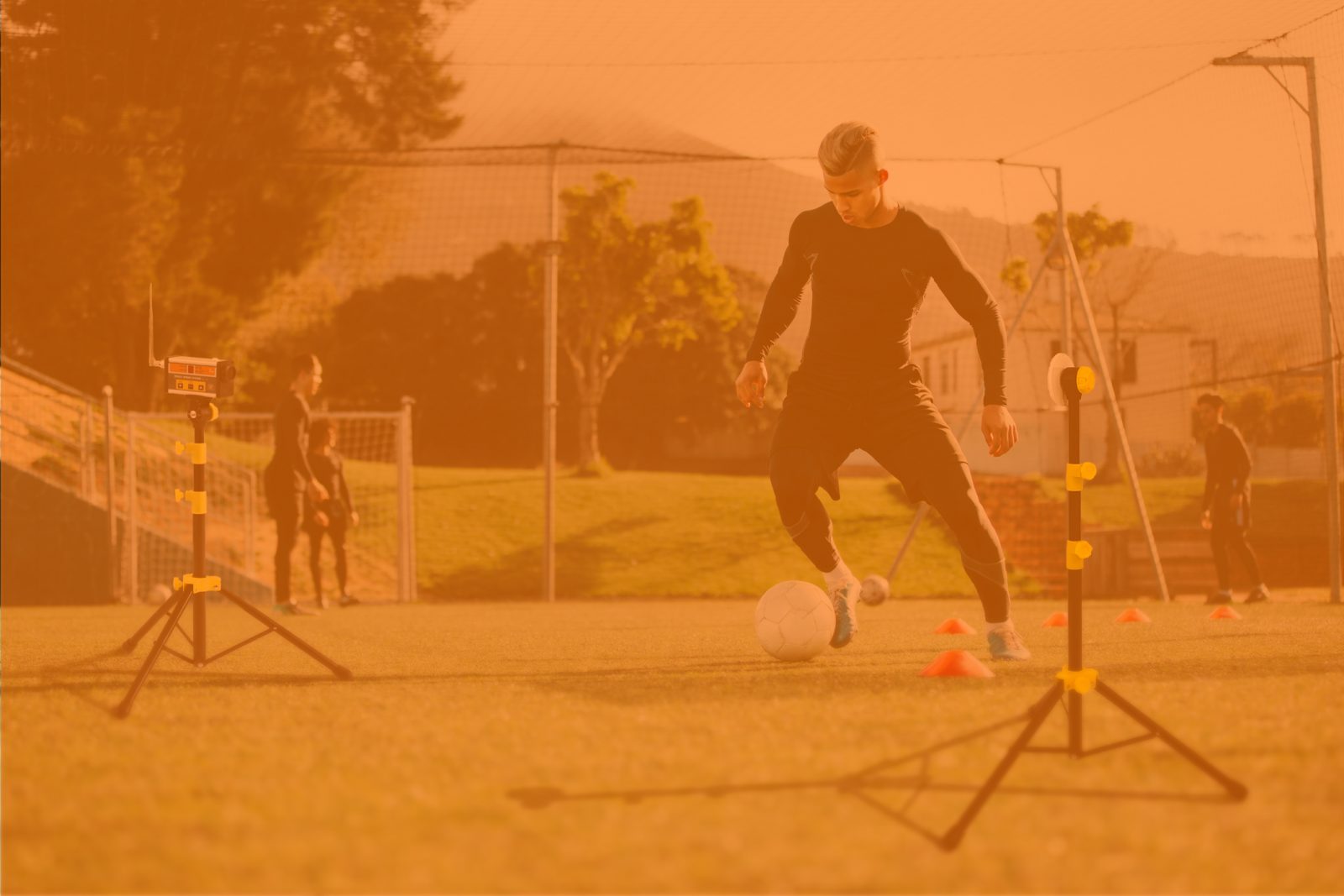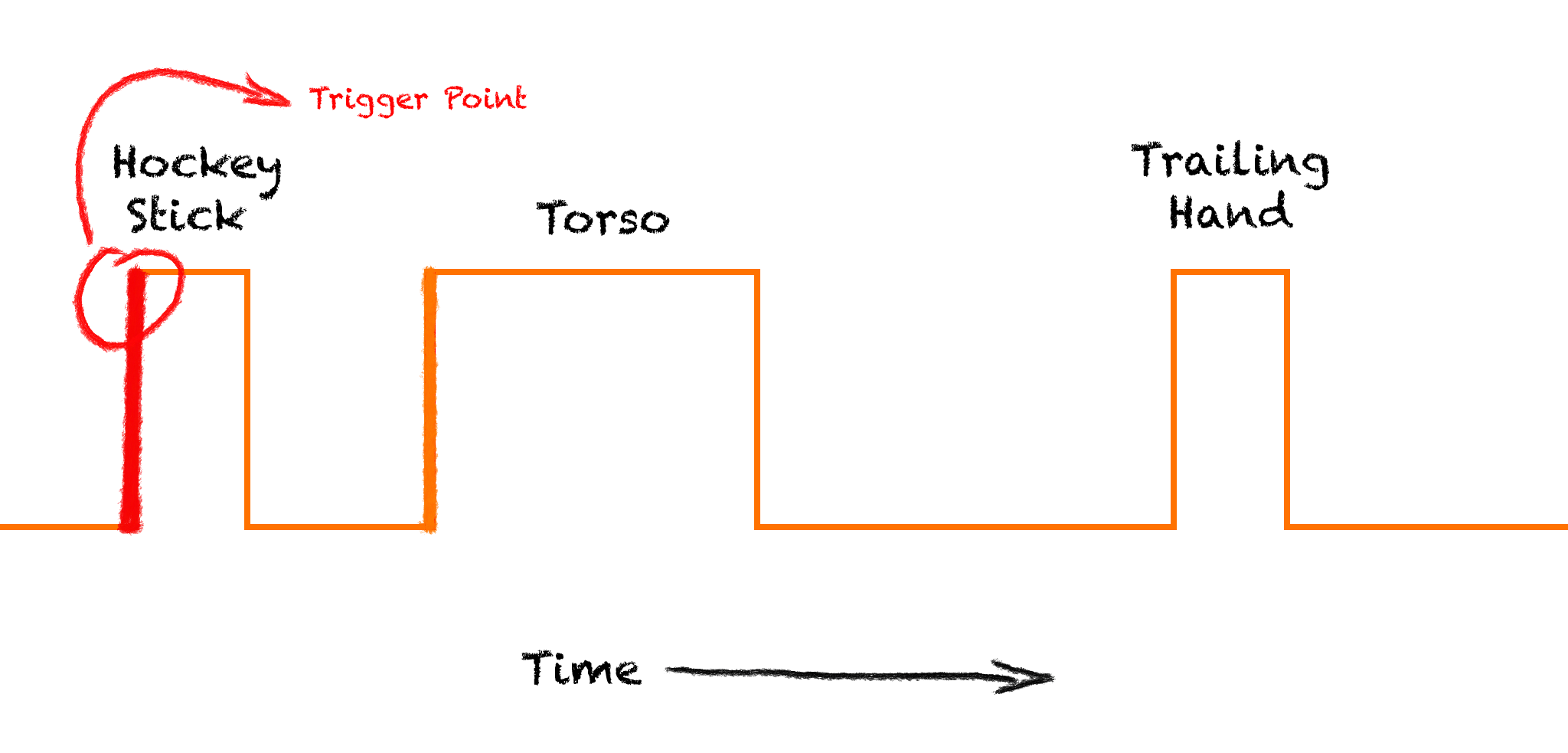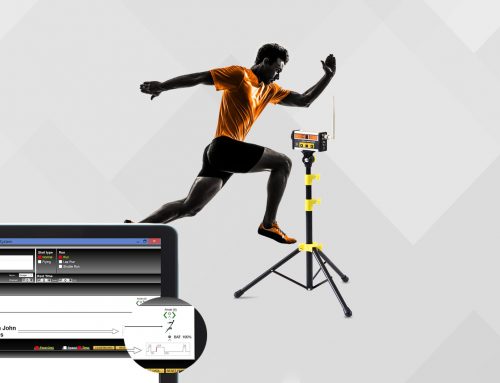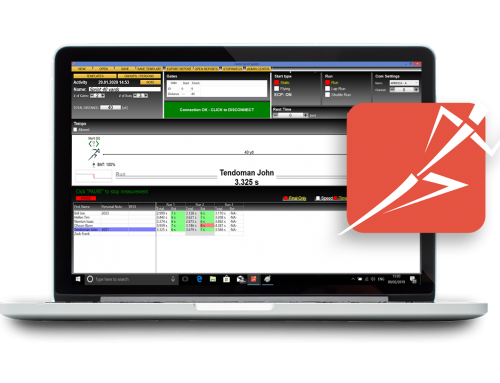Why is the accuracy of your timing system important?
Are you involved in a sport where speed is important? If so, no matter what, speed will always be a major factor as to whether you or your athletes will succeed or not!
To ensure that you are improving speed and getting the results you want quickly, it is essential to test athletes regularly and get objective data about their performances. However, this cannot be done without a timing system that is accurate and reliable.
You ask why?
Many athletes train for weeks, months, even years to improve their performance by 5 – 10%! Even the slightest change in their performance will matter! Now, imagine if your measurement tool will produce errors. You could never be sure if your athlete improved or not or even got worse!
Yes, there are plenty of timing systems on the market and in-house development, claiming a typical “accuracy of 1/100th of a second”. However, this is just a technical specification that does not hold a true value in the real world. Unfortunately, many of these timing systems will not accurately track performance changes and lead you to the correct conclusions.
Let’s have a closer look. There are 3 main types of sport timing systems at the moment:
- Basic single beam systems
- Single beam systems with microprocessor functionality (such as TENDO Sprint System)
- Dual and triple beam systems
While most of these timing systems claim good accuracy, their reliability of the measurements is questionable. The research conducted by the Australian Institute of Sport has even shown that the basic single beam system does not satisfy the reliability requirement for sprint timing – finding a typical error between sprints of well over 5%!
Why should it matter?
Imagine your athletes improve by 5%, but as your timing system has an error of over 5%, your timing test might say that they haven’t improved at all! Even worse, the test might say that the athletes deteriorated by 5% while they haven’t changed at all! After the whole year of hard work of improving speed by 5% and your test will say otherwise just because of its measurement error! For this reason, the use of single beam uncorrected timing systems is not accepted by the Australian Institute of Sport network and cannot be purchased in Australia as a result. If you are serious about speed development, the simple single beam systems shouldn’t be acceptable to you either.
Many coaches claim that timing athletes with a stopwatch is enough. However, the stopwatch has a typical error of around 7 – 10%! With such a high error rate, there is a good chance that you will tell your athletes that they’ve got faster while, in fact, they’ve got slower!
Where do the errors between the sprints come from?
When an athlete’s sprint is measured with a sports timing system, the athlete passes through a gate and breaks a photo—beam. Several breaks can occur, which can correspond to a leading or trailing hand or leg, or the torso. The first event always triggers the simple single beam systems – one time, it can be by the torso, but the other time it might be triggered by a hand! Thus the source of the unreliability.
Several manufacturers of simple single beam systems have attempted to improve reliability by adding extra beams to the system, i.e. creating double-beam systems. In this case, two beams would have to be broken simultaneously to trigger the gate. A small object such as a hand could not trigger the system as it would only break one beam. The double beam timing systems have been considered a standard for many years.
However, due to several drawbacks of the double beam systems, some manufacturers (including Tendo Sport) decided to improve the reliability of the measurement by producing single beam timing systems with microprocessor technology and eliminate all false triggers such as hands and legs in software.
Single beam timing systems with microprocessor technology, such as TENDO Sprint System, are programmed to interpret all events as an athlete crosses the beam and takes only the largest event into account, which is always the torso. Such technology is known as Error Correction Processing technology or False Signal Processing. In this case, there can be any number of hands or legs crossing the beam. The microprocessor will simply always take the start of the largest event as a measurement point (see diagram below).
TENDO Sprint System’s detection of torso via Error Correction Processing technology.
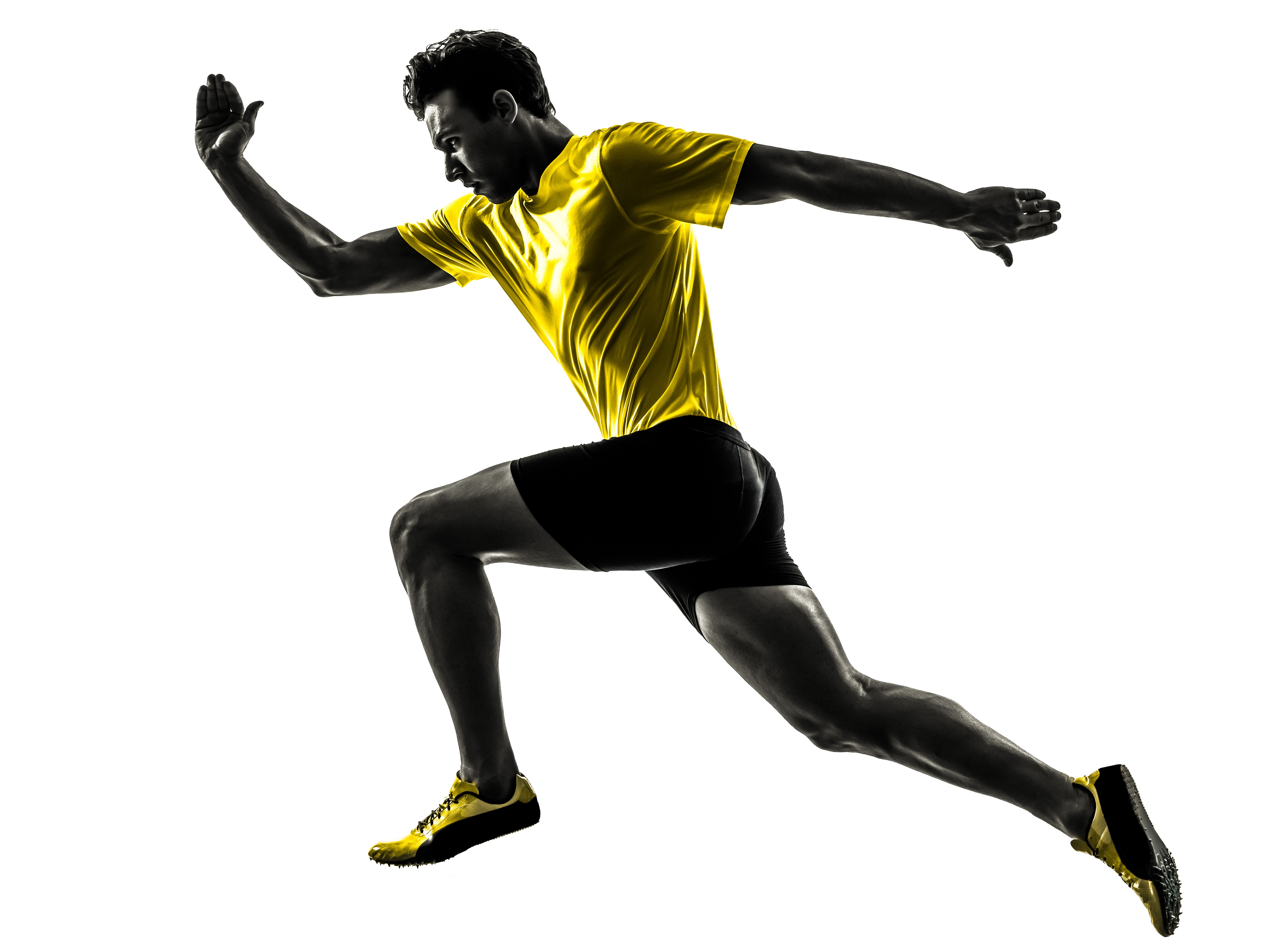
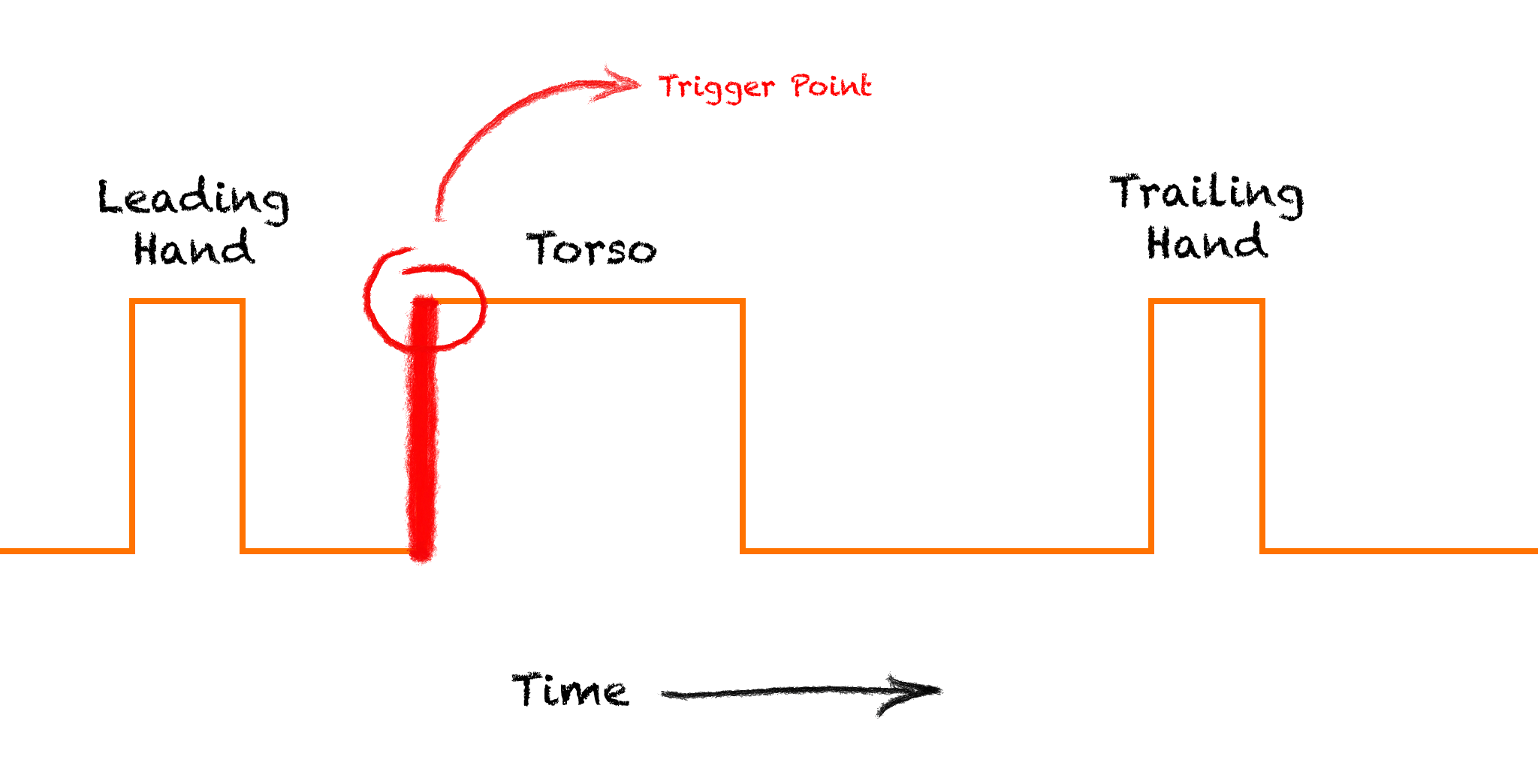
An advantage of the TENDO Sprint System is that the Error Correction Processing can be turned ON and OFF based on your training needs. When the Error Correction Processing is turned off, the first event is taken into account. Use it in training with athletes using rackets, hockey sticks, wheelchairs, or bikes and measure the time from the first point when the beam is broken.
TENDO Sprint System’s detection of a hockey stick when Error Correction Processing is turned OFF.
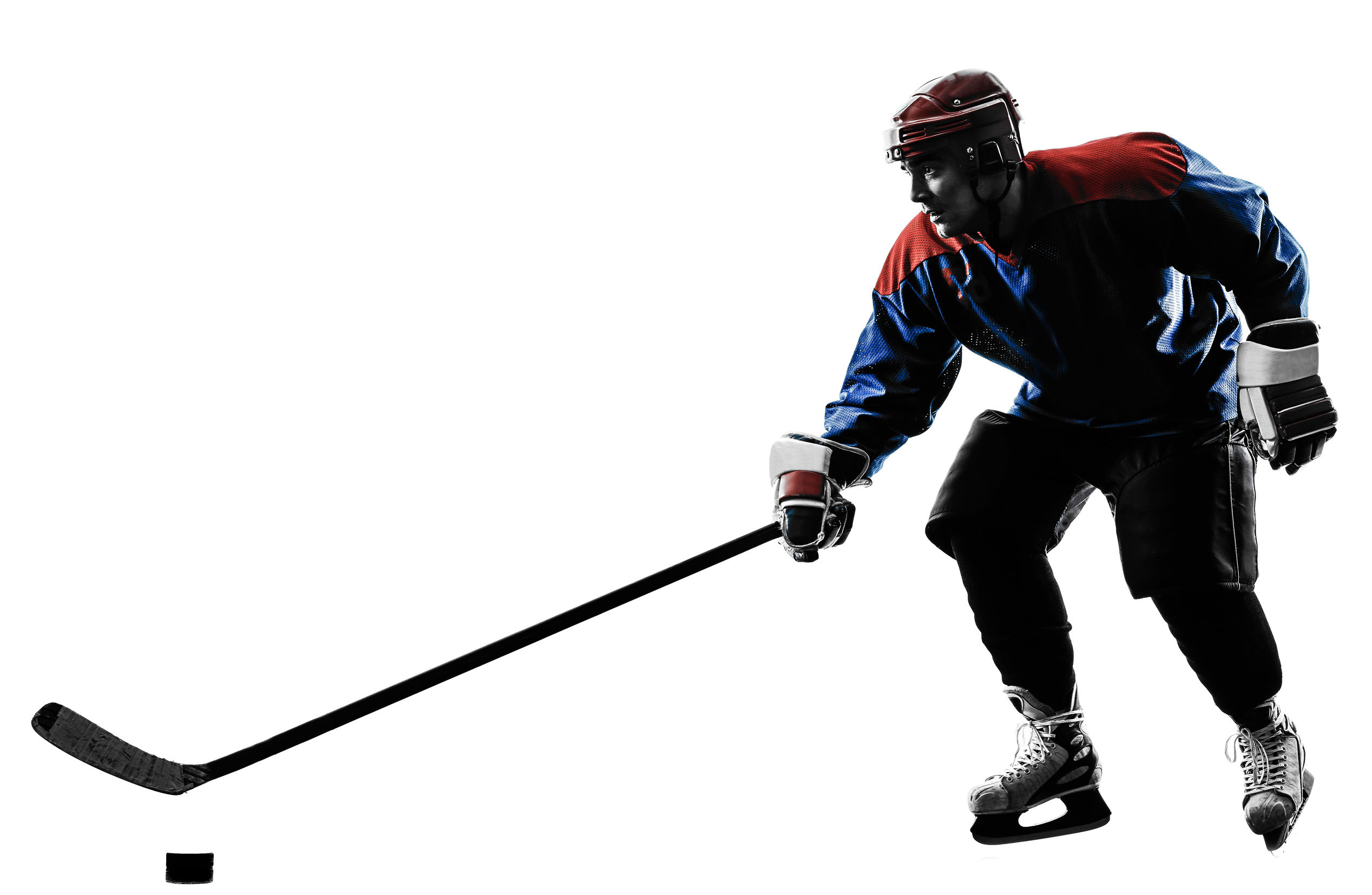
Error Correction Processing systems (E) vs Double Beam systems (D)
Error Correction Processing (E)
vs Double Beam systems (D)
Real event measurement
E: Timing is based on actual events. You can see in the software all the events as the athlete crossed the beam, pointing the torso crossing as a single point and a triggered of the gate.
D: Instead of actual event measurement, they rely on an average number of events produced by hardware solutions via multiple beams. Such smoothing procedures may lead to a loss in sensitivity. It is also not possible to see what exactly triggered the two beams. Thus, it is not possible to distinguish whether the two beams were actually broken by the torso or any other object such as arm, leg, racquet, or bat if they happened to break both beams in close succession
The flexibility of use and reconfigurability
E: Configure your system simply from the software. Use a single click to turn ECP on or off based on your training needs. For training involving rackets, hockey sticks, bicycles, wheelchairs, or balls, just turn the ECP off, and the first event will be taken
D: Because of the hardware solution, it is not possible to configure the system for various uses. For example, if you would like to measure times triggered by wheels, bats, racquets, or sticks, you simply can’t.
Ease of use
E: One beam only means fast set up, easy line-up, better battery life, and a wider gate
D: Double beams, double the trouble
Cost
E: Less material, lower the price
D: Extra beams mean extra production and extra costs
Other possible sources of error
In addition to possible errors caused by false triggers, there are other potential sources of errors such as processing error and latency error.
Fortunately, TENDO Sprint System overcomes possible processing and latency errors by remembering the exact time when the beams were broken. I.e. the TENDO Sprint System does not say “I have been broken”, but instead it says “I was broken at exactly HH:MM:SSS”. In this case, even if the transmission is delayed or the message does not arrive at the first try, data accuracy is not affected.
To further prevent potential connection loss, TENDO Sprint System uses a less common frequency range, eliminating the signal disruption to a minimum and securing a worry-free testing.
TENDO Sprint System frequency range:
EUROPE
869.6 – 869.8 MHz
USA & CANADA
914.6 – 920.0 MHz
CHINA
868.0 – 868.6 MHz
INDIA
865.1 – 867.0 MHz
AUSTRALIA & ASIA
921.2 – 924.8 MHz
Conclusion
Accuracy and reliability in speed and agility testing are paramount for providing athletes with valid feedback. Failure to achieve high standards of reliability by using stop‐watches or uncorrected single beam timing systems compromise the assessment of performance in athletes and may provide invalid feedback that may prove detrimental to the training program.

